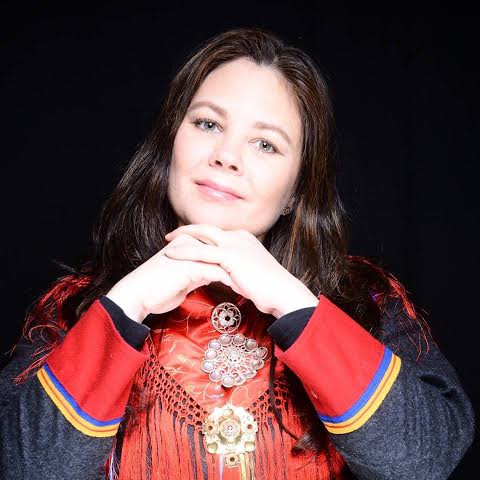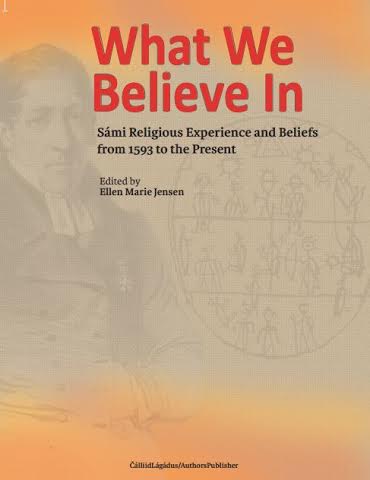
“The belief that the Sámi had supernatural powers probably helped save them,” says Ellen Marie Jensen, editor of What We Believe In and PhD Research Fellow in Sámi and Indigenous Studies at the University of Tromsø, Norway. When witches were being burned in Norway during the 1600s, more Norwegian women were burned at the stake than Sámi. This was despite the fact that the Sámi were considered more suspect because of being a little-understood minority with different cultural practice than the Norwegians. “People were a little afraid of them and wanted to leave them alone so they wouldn’t work their magic against the Norwegians,” says Ellen. This isolation allowed aspects of the culture to stay intact and to continue into the modern day.
Another influence that has kept the Sámi worldview and knowledge of the natural world alive is Laestadian Lutheranism. “There’s a discussion of whether Lars Levi Laestadius [a Swedish- Sámi botanist and theologian who lived in the first half of the 1800s] saved or destroyed the culture. We need to remember what he preserved, such as the language. He believed that the Sámi and their lifestyle made them close to God,” says Ellen. “He was the first to really advocate for the Sámi.” Laestadius’s own respect for Sámi beliefs and culture helped keep many practices alive. What We Believe In examines his influence on Sámi spirituality as it is practiced now. “In writing about spirituality, we have to work with what we have today. There is a spectrum of what we are about,” explains Ellen, “but it all contains cultural continuity.”

Writing What We Believe In came about because ČálliidLágádus / Authors’ Publisher, a Sámi publisher, received requests from academics and from tourists for a comprehensive overview of Sámi spirituality. Ellen was asked to be editor and she compiled a book in which the first half explains the history, the spirituality, and how ancient beliefs manifest themselves in the present culture. The second half tells about Sámi healing, herbal, and plant knowledge. Anessa Andersland, Authors’ Publisher North American Marketing Agent, is looking forward to a summer of promoting What We Believe In. “I think that this book will spark engaging conversations wherever we go,” she says.
(This event was in 2015). Ellen will be at Ingebretsen’s on Saturday, July 18 from 11 to 1 to discuss What We Believe In and to sign books. Please join us, along with Ellen’s daughter Diane, who will be selling the handcrafted leather bags that she has made.

Diane Jensen-Connel has found her own niche for exploring and expressing her heritage. She was born in Minneapolis and has lived and attended school in Norway. Diane’s grandfather is a coastal Sámi grandfather from west-Finnmark and she learned Sámi handicrafts in Deatnu / Tana at the Culture School from a skilled artisan traditional Sámi handicrafter. In addition, she is also self-taught and creates her own designs. She has sewn Sámi design dresses, weaves, and draws designs. Her favorite craft is working with reindeer leather. Diane says, “Sámi duodji is interesting because I learn about the past and it’s cool that they still use the same materials and techniques today. I started learning Sámi duodji when I lived in a Sámi community in Deatnu / Tana, where I had a lot of friends.”
Thanks to Ingebretsen’s for opening doors and for this fineblog post.
John Edward Xavier (“Xavi”)
Chair, Sami Siida of North America